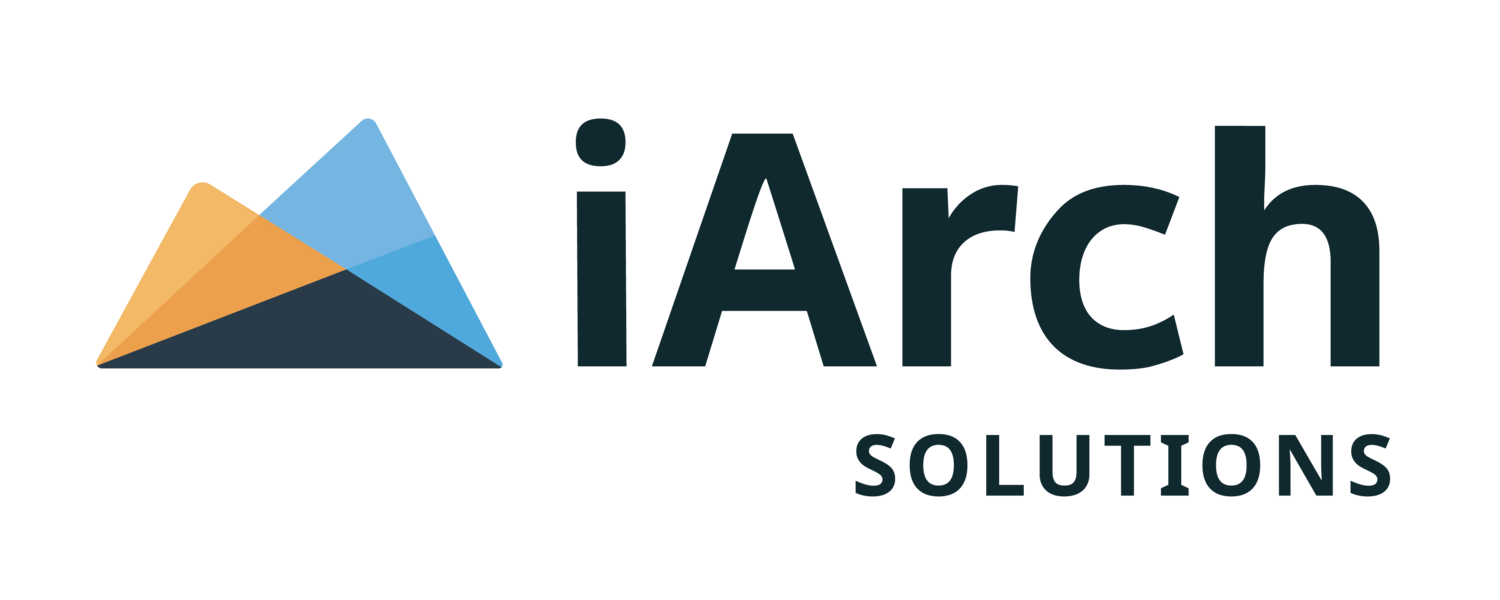Modern IT Security Threats—Understanding Risk Assessment
The best way to protect a modern IT environment is to begin by understanding both the threats and the areas threatened. This is known as Risk Assessment, and it covers a wide array of areas.
Most IT organizations address threats targeted at specific components of the IT infrastructure, such as: storage/data, networks, servers/operating systems, and individual personal computers (PCs).
Within the topic of Threat Assessment, there are several key steps that organizations look at to define the scope of components threatened, and to remediate the attack vector of resources. The key areas are as follows:
Identifying Assets and Resources
· Inventory: Catalog all hardware, software, data, and network components.
· Classification: Prioritize assets based on their importance to the organization and the sensitivity of the information they handle.
Vulnerability Assessment
· Scanning: Use automated tools to scan for known vulnerabilities in systems and applications.
· Penetration Testing: Conduct simulated attacks to identify weaknesses that could be exploited.
· Patch Management: Ensure all systems are up-to-date with the latest security patches and updates.
Mitigation Strategies
· Preventive Controls: Implement measures to prevent threats from occurring, such as firewalls, antivirus software, and encryption.
· Detective Controls: Establish mechanisms to detect threats that bypass preventive controls, such as intrusion detection systems (IDS) and security information and event management (SIEM) systems.
· Corrective Controls: Develop plans to respond to and recover from security incidents, such as incident response plans and disaster recovery plans.
Security Policies and Procedures
· Policy Development: Create and enforce security policies that define acceptable use, access control, and data protection standards.
· Employee Training: Conduct regular training sessions to educate employees about security best practices and how to recognize potential threats.
· Compliance: Ensure adherence to relevant regulations and industry standards, such as GDPR, HIPAA, and ISO/IEC 27001.
Continuous Monitoring and Improvement
· Monitoring: Continuously monitor network traffic, system logs, and user activities to identify and respond to anomalies in real-time.
· Auditing and Review: Perform regular audits and reviews of security policies, procedures, and controls to ensure they are effective and up- to-date.
· Incident Response: Establish a robust incident response team and process to handle security breaches promptly and effectively.
· Feedback Loop: Use insights gained from monitoring, audits, and incidents to continuously improve the security posture.
Even something as simple as defining the scope of the risks, and high-level plans to deal with them can be very complex. The modern IT security professional must be aware of existing threats and on the lookout for new ones. They must also have plans in place to identify all the components of their companies’ infrastructure (inventory) and be prepared to monitor and protect those components and respond quickly when a threat does materialize.
It is a dangerous world out there for IT organizations, and iArch Solutions is here to help. If you have any questions or concerns about your IT environment, its security or overall health and performance, please reach out. We’re always here to help.

